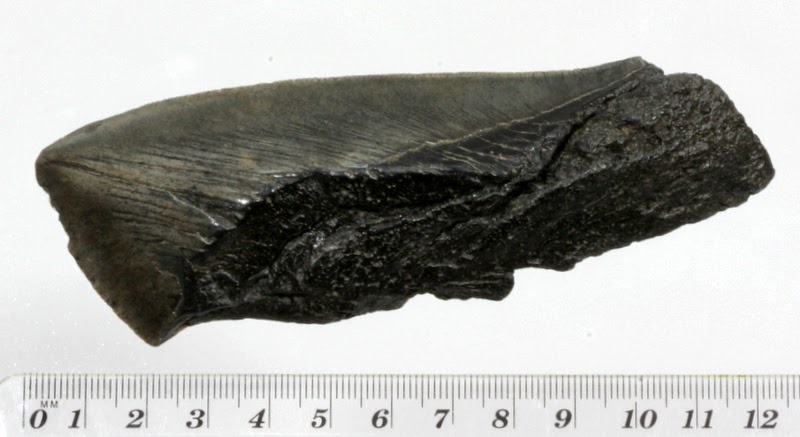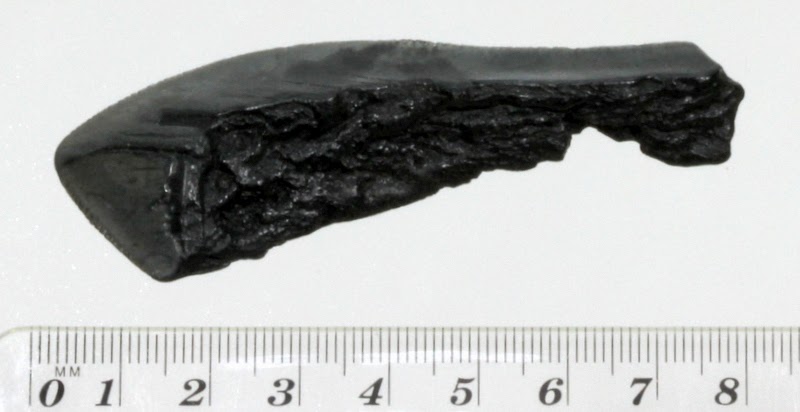The Pisco-Ica desert on the southern coast of Peru is home
to some of the richest fossil beds in the world, with abundant fossils of
whales, dolphins, sharks and other marine life that lived during the Miocene
period just lying on the surface waiting to be discovered and studied.
2012 Dakar Rally
The Pisco-Ica desert was also on the route of the 2012 Dakar
Rally which resulted in the wanton destruction of some of these priceless
treasures. See details of the proposed 2012 route below:
The following photographs show damage done to fossils and fossil beds in the Pisco-Ica desert during the 2012 Dakar Rally:
This is what one palaeontologist said after visiting the
area after the 2012 Dakar Rally:
“Getting down there
was an eye opener to what is going on. I wasn't familiar with the dangers of
Dakar. At least, I wasn't aware it was as serious as it is. I always figured it
was the same path over and over. I had no clue the vast numbers of tracks and
the fact that they are everywhere and that there are oil filters, chunks of
vehicles, and other debris and trash left behind”.
2015 Dakar Rally
Peru now plans to host the
2015 Dakar Rally using a similar route, which will destroy priceless treasures
and deprive a proud nation of its cultural and geological heritage, as well as
denying the world of science access to some of the most spectacular fossils in
the world. See details of the announcement in the link below:
Posted: 20 February 2014.























































